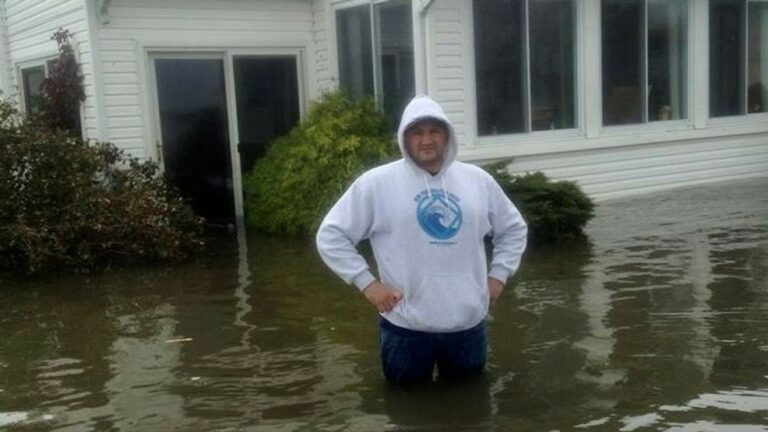Homeowners Often Find Themselves Underinsured After Disasters
When disaster strikes, many homeowners are shocked to discover their property insurance isn’t enough to cover all their losses. This is becoming an increasingly common problem for those affected by recent wildfires in California and hurricanes in the Southeast. A recent investigation by Spotlight on America explores why this could be a critical issue for you, too.

The Extent of the Underinsurance Problem
According to a recent study by the University of Colorado Boulder, as many as three out of four victims of the 2021 Marshall Fires near Denver were underinsured. Many had insurance, but didn’t realize they didn’t have sufficient coverage to rebuild their homes.
“Most people are surprised by this,” said Emily Gallagher, co-author of the study and assistant professor of finance at the University of Colorado. “It can be quite devastating. You’ve just lost your home, you’ve lost just about everything you have, and to realize that you’re going to be relying on charity.”
Gallagher’s firsthand experience with the Marshall Fires drove her to research the issue. She and her family narrowly avoided losing their home.
“My family packed up, got everything in the car. We were about to evacuate, and you could see those flames from the back of my house,” she said.
Fortunately, the winds shifted, saving her home, but many of her neighbors lost their homes.
Real-Life Consequences
Residents near Asheville, North Carolina, faced unprecedented flooding during Hurricane Helene last September. One man recounted the harrowing experience of being trapped on his roof for hours.
“The water started coming in the house,” he said. “We got out on our roof. And we spent four hours on the roof.”
Many homes were submerged under as much as 25 feet of water. As they continue their recovery six months later, many are finding out they did not have enough insurance to cover their losses. “No insurance on flood insurance. We had to depend on FEMA,” the man continued. “Of course, it’s not enough.”
Doug Quinn, the executive director of the American Policyholder Association (APA), knows this situation all too well.
“Nobody realizes they don’t have enough coverage,” Quinn told Spotlight. He experienced the devastating impact of insufficient coverage firsthand when his New Jersey home was severely damaged by Hurricane Sandy in 2012.
“It was devastating. It changed the whole course of my life,” he said. “It took me seven years to get back home and I was fully insured.”
What Homeowners Can Do
Insurance policies can be complex; however, it’s critical to take the time to understand yours. Be sure to review your coverage when your policy renews each year.
“It’s not just the premium, which is the one thing everybody looks at, but there could be exclusions from coverage. There could be a change in your coverage,” said Quinn.
When setting your policy limit, determine the replacement cost of rebuilding, not the market value of your home. Consider inflation on labor and supplies, which can drive up costs. Shop around and compare coverage options between different insurance companies.
Homeowners should also be aware that cheaper coverage can leave them vulnerable in the event of a disaster.
“When they’re getting that lower premium, it’s partly because they’re being underinsured,” said Gallagher.
There are online tools available to help you estimate the rebuilding costs of your home. It’s also important to remember that flood insurance requires a separate policy. According to FEMA, 99% of counties nationwide have been impacted by flooding, but only about 5% of homeowners have flood insurance.
“They’re forced to make a new set of decisions on what am I going to do? Will I be able to rebuild my home? Do I have to just sell my property at a loss?” Quinn said.
Understanding your coverage is essential. Insurance policies offer different levels of coverage, so it’s important to know the difference between replacement value and actual cash value. Most policies cover replacement value for the structure of your home, but for contents, such as furniture, replacement value isn’t automatic. You have to opt for it. Also, understand your liability coverage, which protects against lawsuits.
Gallagher hopes her study will raise awareness about the underinsurance crisis, so homeowners can be better prepared for the future.
“They’re just learning after the disaster that they’re underinsured, which means they weren’t able to plan for it, and they didn’t prioritize things the way they might have had they realized they were underinsured,” she said.


